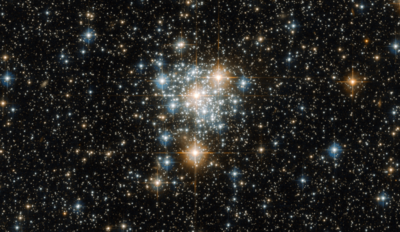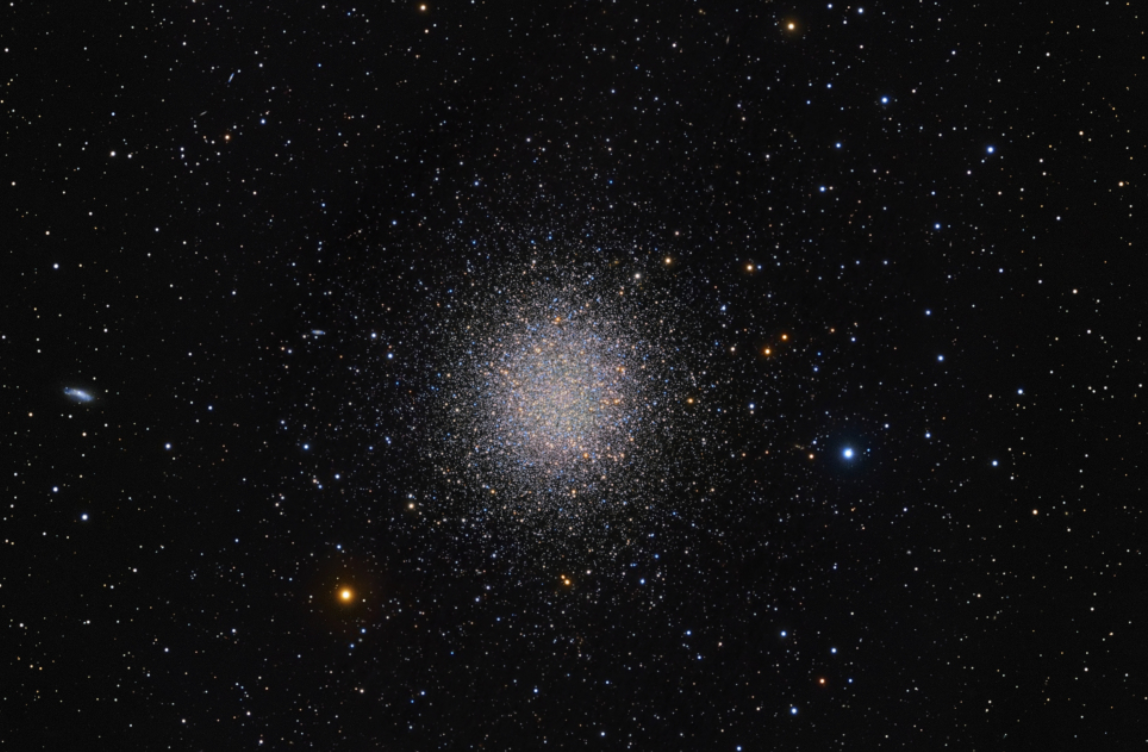ARTICLE AD BOX

Cluster of stars (Photo: NASA/Hubble via X)
The glittering night sky is a soothing sight to behold, whether in a quiet countryside or from the balcony of a house. Stargazing has a way of reminding us how vast and beautiful the universe really is.
August is one of those months when the sky offers a little more magic, cooler evenings, darker nights, and a sense of calm that invites us to pause and enjoy the beautiful moments to the fullest, as the night skies of August 2025 are offering something special.
What are star clusters?
Star clusters are groups of stars that formed together and remain held by their mutual gravity, and are mainly of two types. Firstly, Open clusters, like the Hyades and Pleiades, which are relatively young, in the form of looser formations in the Milky Way’s disk.
Over time, they drift apart as nearby stars tug at them. Globular clusters, such as the famed Great Hercules Cluster, are dense, spherical congregations of hundreds of thousands of very old stars orbiting the galaxy’s halo.
How to watch the star clusters in August 2025
According to Space (dot) com, it’s best to give your eyes about 30 minutes to fully adjust to the dark. After that, using a trick called "averted vision", where one has to look just to the side of what they’re trying to see, which helps pick up faint light more clearly.
With a basic pair of 10×50 binoculars, the star clusters start to come into focus. And if someone has a telescope that's six inches or larger, they'll get an even more detailed and impressive view.

The Great Hercules Cluster (Photo: R. Jay Gabany via Astronomy picture of the day @X)
What clusters will be visible?
The Great Hercules Cluster
This is also known as Messier 13, the Great Hercules Cluster lies approximately 22,000 to 25,000 light‑years away in the constellation Hercules. It contains hundreds of thousands of closely packed stars, making it one of the brightest globular clusters in northern skies.
To locate it, find the diamond-shaped “Keystone” asterism formed by four stars in Hercules, between Vega and Arcturus. Then sweep your binoculars between Zeta Herculis and Eta Herculis to spot this ancient stellar cluster, which appears as a soft glow, but a detailed structure can be easily visible with a through binoculars or a small telescope.
The Hyades Open Cluster
The Hyades is a group of stars in the constellation Taurus, and it's the closest open star cluster to Earth, located about 153 light-years away.
Its stars form a sideways "V" shape, which outlines the face of the bull. There's a bright red star called Aldebaran that looks like it's part of the group, but it’s actually much closer to us, only about 65 light-years away. The Hyades is around 625 million years old, and because of its clear shape, it's easy to spot in the early morning sky.
The Seven Sisters
The Seven Sisters, also known as the Pleiades, is a well-known star cluster in the constellation Taurus. You can see it rising in the eastern sky before sunrise. It’s made up of over a thousand young, hot stars, but when it is seen through binoculars, the seven brightest stars stand out the most, and this is where the name "Seven Sisters" comes from. The cluster is about 444 light-years away, and its bright blue stars are so shiny that they can still be seen even if there’s some city light around.
Around mid-August, the Pleiades can be easily spotted about 10 degrees above the Hyades.



.png)
.png)
.png)
















 8 hours ago
2
8 hours ago
2







 English (US) ·
English (US) ·